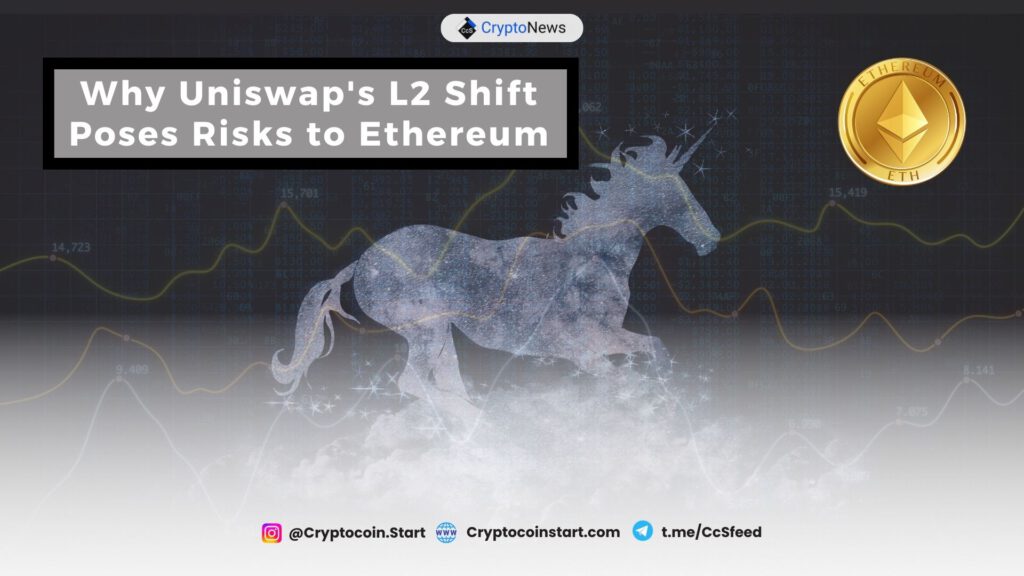
Why Does Uniswap’s L2 Put Ethereum at Risk?
While Uniswap’s L2 is a factor in Ethereum’s potential decline, it represents a broader issue affecting the Ethereum ecosystem. Uniswap generates substantial transaction fees, and with its own L2 chain, a significant portion of these funds no longer benefits Ethereum.
- High Revenue Loss: Uniswap’s L2 captures transaction fees that would typically flow to Ethereum.
- Increased Competition: Many other chains are also competing for transaction fees, potentially threatening Ethereum’s financial stability.
- Price Concerns: If transaction fees continue to dwindle, Ethereum’s price could significantly drop, with estimates suggesting it may approach $20.
Layer 2 Chains Are Taking Revenue Away from Ethereum
Layer 2 solutions were originally designed to address Ethereum’s scalability problems. However, they are now beginning to siphon off Ethereum’s transaction fees, leading to concerns about its long-term viability.
- Transaction Fees: Many users prefer cheaper alternatives, leading them away from Ethereum’s higher fees.
- Speed and Cost: Some L2 solutions offer faster transaction times and lower fees, making them more attractive.
How Could This Happen?
Duo Nine attributes much of the responsibility for this situation to Vitalik Buterin and the Ethereum development team. By promoting L2s, Ethereum is inadvertently losing users who now rely on these alternatives.
- Shift to Appchains: Many decentralized applications (dApps) are moving to appchains, which cater specifically to their needs.
- Prominent Examples: Notable appchains include:
- Polkadot parachains like Ocean Protocol
- Cosmos zones such as Injective
- Avalanche subnets like Trader Joe’s
- Flare Network for oracles and smart contracts
Ethereum Is Losing Its Edge
As Ethereum faces competition from these various chains, its market dominance is slowly eroding. There is evidence that dApps are migrating to alternative networks, including:
- dYdX moving to Cosmos
- Outflows to Solana and Sui
The emergence of L2 solutions could lead to a future where these platforms evolve into Layer 1 (L1) chains, further reducing Ethereum’s relevance.
Conclusion
Duo Nine suggests that Ethereum is losing its competitive edge and predicts that the price of $ETH could drop to double digits. While Ethereum as a blockchain will continue to exist, its associated token may struggle to maintain value due to the migration of users to L2 chains. Consequently, Ethereum may face a future with dwindling transaction fee revenue and diminished market presence.

